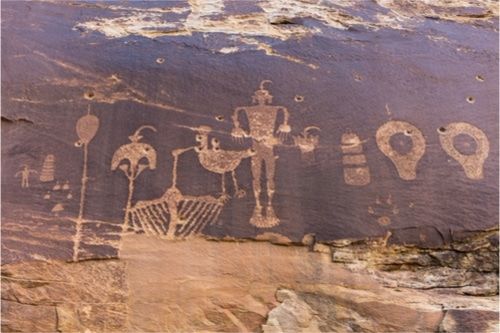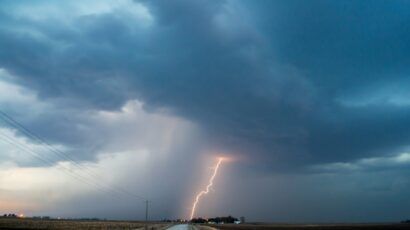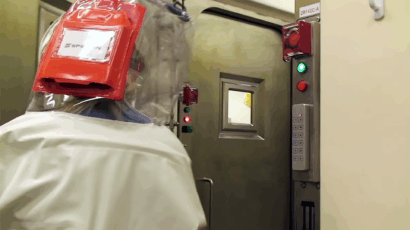A monumental lobbying coup
By Dawn Stover | December 15, 2017

When President Donald Trump issued a December 4 presidential proclamation reducing the size of the Bears Ears National Monument in Utah by 85 percent, he told a rally in Salt Lake City that he wanted to wrest control of the land from distant bureaucrats who “don’t care for your land like you do.” Interior Secretary Ryan Zinke insisted that the modification was “not about energy,” telling reporters: “There is no mine within Bears Ears.”
While that’s technically correct, documents obtained by the Washington Post show that Energy Fuels Resources, a Colorado-based mining company with a facility bordering the monument, pressed high-level Interior officials to downsize Bears Ears. The company said that reducing the size of the monument would make it easier to access undeveloped uranium deposits and to operate a uranium processing mill—the last such mill operating in the United States.
In a May 25 letter to the Interior Department, the company claimed that its White Mesa Mill is “critically important to the future viability of the domestic mining industry. Less than 6% of the uranium that fuels the 100 or so nuclear power reactors in this country has been produced domestically in recent years.” The company also hired a team of lobbyists led by Andrew Wheeler, Trump’s nominee to become the Environmental Protection Agency’s deputy secretary, and the lobbyists participated in a July 17 meeting that included the uranium mining company’s vice president and two top Zinke advisers.
What the company didn’t say in its letter (and probably not in the meeting either) is that the United States is in no danger of losing its uranium supply. The global uranium market is stable and dependable, and much of the uranium burned in US nuclear plants is imported from a friendly neighbor: Canada.
“Characterizing the Bears Ears region as a keystone for America’s energy independence based on its uranium supplies ignores the low grade of the uranium deposits in southeast Utah, ignores the fact that the United States has a significant amount of already-mined uranium stockpiled and available for use, and ignores the fact that the White Mesa Mill routinely sells its product to international customers such as South Korean utilities,” Anne Mariah Tapp of the Grand Canyon Trust told the Salt Lake Tribune earlier this year. Her group is challenging the mill’s operations in court.
“Thank you for listening to local voices,” read a banner at the Trump rally. The president certainly didn’t listen to the Navajo Nation, which includes descendants of the earliest residents of the Bears Ear area, and whose members have long suffered exposure to radiation from some 500 abandoned uranium mines. It seems that the people who had the White House’s ear were out-of-state mining executives and their high-powered DC lobbyists.
Publication Name: Washington Post
To read what we're reading, click here
Together, we make the world safer.
The Bulletin elevates expert voices above the noise. But as an independent nonprofit organization, our operations depend on the support of readers like you. Help us continue to deliver quality journalism that holds leaders accountable. Your support of our work at any level is important. In return, we promise our coverage will be understandable, influential, vigilant, solution-oriented, and fair-minded. Together we can make a difference.
Topics: Nuclear Energy, What We’re Reading















